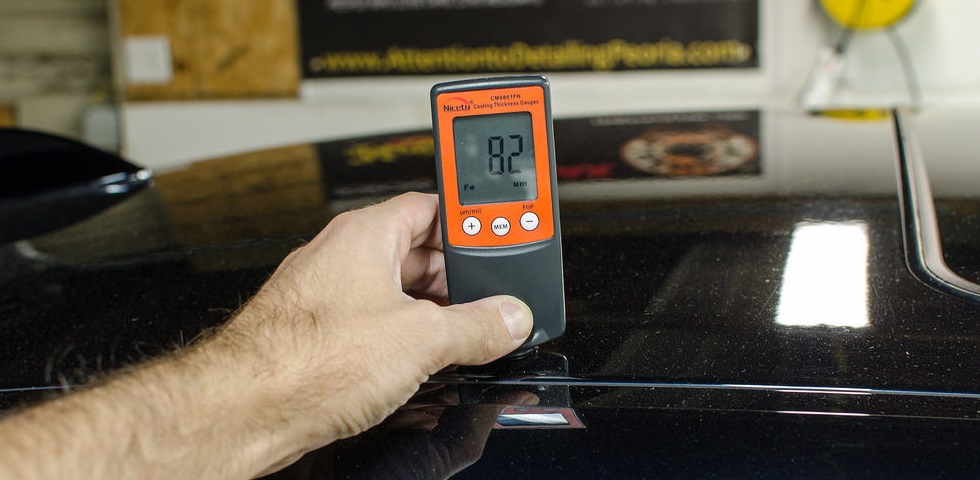Many of us consider paint correction and polishing to be a necessary step in the exterior detailing process for most vehicles. This process helps to remove swirls, scratches, oxidation, and other defects from the paint in order to produce a flat and glossy finish with reflections that are deep and clear. Once a vehicle has been properly corrected, the depth and gloss is incredible, and will last a long time when properly maintained.
While paint correction is certainly an important process to learn, it is perhaps even more important to learn how to maintain the vehicle afterwards in order to reduce the amount of polishing that is needed throughout the life of the vehicle. The paint correction process utilizes buffing pads of various aggressiveness combined with polishing liquids that contain abrasives in them. These abrasives work to remove a layer of paint to level defects. This is a concept that many people fail to pay attention to. Whenever an abrasive is used on your paint, you are actually removing some of the paint, and since your clear coat is quite thin, you do not want to remove any more than you have to in order to preserve your clear coat.
You often hear the expression “use the least aggressive method” with regards to paint correction. The idea behind this golden rule is that you only want to remove as little paint as possible to produce the results you are after and nothing more. The same ideology of being as non-invasive as possible can be applied to routine maintenance practices as well. Take the time to learn how to properly wash, dry, and protect your paint so that your vehicle does not need to be polished frequently due to swirls and marring caused by poor maintenance. Utilizing the 3 bucket wash method, or other careful washing practices, will help to ensure your vehicle has fewer swirl marks and defects over a given period of time compared to a vehicle that is not cared for properly. This means you will need to polish less frequently and you will not need to be aggressive with the polishing process, both of which help to preserve your clear coat over the life of the car.
In general, I consider a light polish on an annual basis okay for routine maintenance – especially for jet black or other colors that show defects easily. I personally try to go 2-3 years in between polishing because I apply paint coatings like 22ple or CQuartz to our vehicles, therefore they are protected for several years and I do not want to risk compromising the coating by using an abrasive on them. If you find yourself needing to correct your paint more frequently, it may be beneficial to take a step back and analyze your entire maintenance routine. Chances are you will find that you can take some preventative steps to ensure your paint is not being damaged so frequently. Perhaps you simply need to purchase a new wash mitt or drying towels because yours are old and worn. Maybe you need to rinse your wash mitt out more frequently while washing. If you’ve got very sensitive paint, you may wish to invest in a forced air dryer like the Master Blaster or CR Spotless Water System to avoid touching your car while drying. Understand that adding some additional time or product cost to your maintenance routine will certainly be cheaper and less time consuming that continuing to correct your paint on a regular basis or in extreme cases paying for repainted panels.
If you know someone who polishes their vehicle many times each year, take the time to teach them about the potential harm and expense that may result overtime from doing so. Many people who get into this habit truly do not need to use any abrasive on their paint, yet they do not fully understand what a polish is doing (removing material) and that they should most likely be using a sealant or wax instead for added shine and protection instead of a polish.
As always, thanks for reading!
Related Posts
- Analyzing Your Test Spot
- First Timer Gets Excellent Results in Under 1 Day – 2016 VW GTI Paint Correction & Gyeon CanCoat
- Mercedes-Benz E55 AMG: Paint Correction & GTechniq Crystal Serum Light Application
- 2014 BMW 750 LI: Removing Dealership Holograms
- 1999 Porsche 996: Paint Correction and 22ple HPC Coating
